Put up such a fight in captivity, Viet Cong executed him out of frustration. He was last heard singing “God Bless America”… later awarded the Medal of Honor
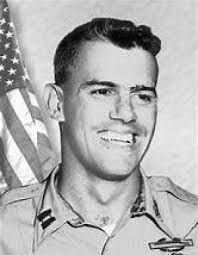 Captain Humbert Roque Versace (July 2, 1937 – September 26, 1965), affectionately called “Rocky,” was an officer of the United States Army.
Captain Humbert Roque Versace (July 2, 1937 – September 26, 1965), affectionately called “Rocky,” was an officer of the United States Army.
He went on to receive the Medal of Honor – the greatest military decoration of the United States – for the heroic actions he undertook as a prisoner of war in the Vietnam War. Puerto Rican-Italian by descent, he was the first member of the U.S. Army to have ever received such a distinction.
Born on July 2, 1937, in Honolulu, Hawaii, Versace was the eldest of five children. Versace’s father was Colonel Humbert Joseph Versace (1911–1972), and his mother was Marie Teresa Ríos (1917–1999) – who has authored three books, which includes the popular work Fifteenth Pelican, on which the 1960s Sally Field-starrer The Flying Nun was based. Having grown up in Alexandria, Virginia, Versace attended Gonzaga College High School in Washington, D.C. during his freshman and sophomore years, Frankfurt American High School in his junior year, and after graduating from Norfolk Catholic High School in his senior year, enrolled in the Armed Forces from Norfolk in Virginia. Continue reading

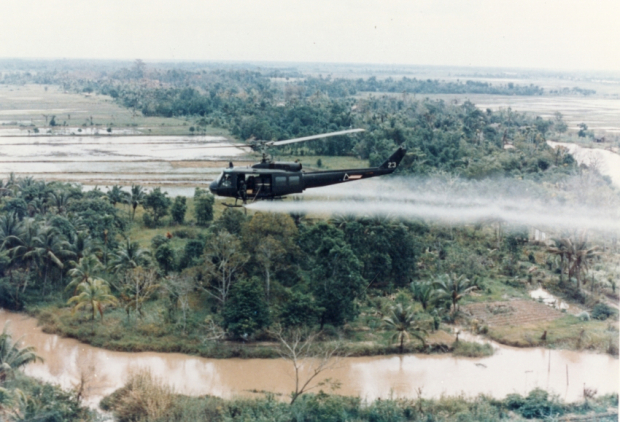
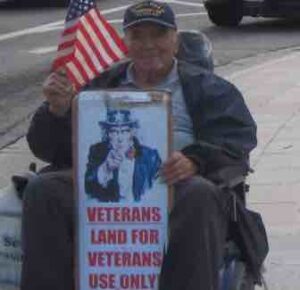
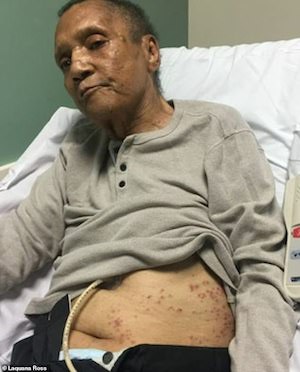
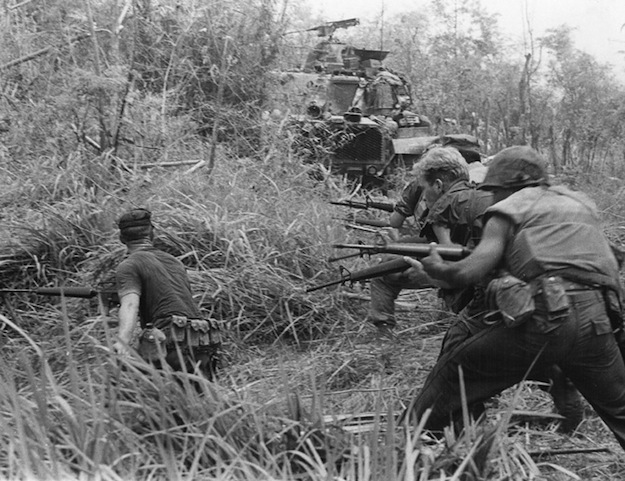
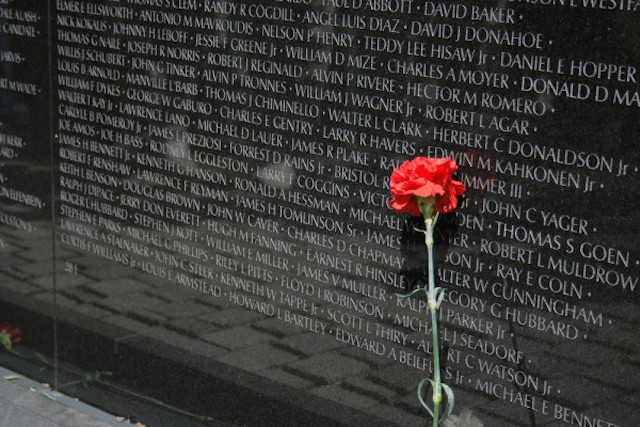 John McCain, who has risen to political prominence on his image as a Vietnam POW war hero, has, inexplicably, worked very hard to hide from the public stunning information about American prisoners in Vietnam who, unlike him, didn’t return home. Throughout his Senate career, McCain has quietly sponsored and pushed into federal law a set of prohibitions that keep the most revealing information about these men buried as classified documents. Thus the ‘war hero‘ who people would logically imagine as a determined crusader for the interests of POWs and their families became instead the strange champion of hiding the evidence and closing the books.
John McCain, who has risen to political prominence on his image as a Vietnam POW war hero, has, inexplicably, worked very hard to hide from the public stunning information about American prisoners in Vietnam who, unlike him, didn’t return home. Throughout his Senate career, McCain has quietly sponsored and pushed into federal law a set of prohibitions that keep the most revealing information about these men buried as classified documents. Thus the ‘war hero‘ who people would logically imagine as a determined crusader for the interests of POWs and their families became instead the strange champion of hiding the evidence and closing the books. 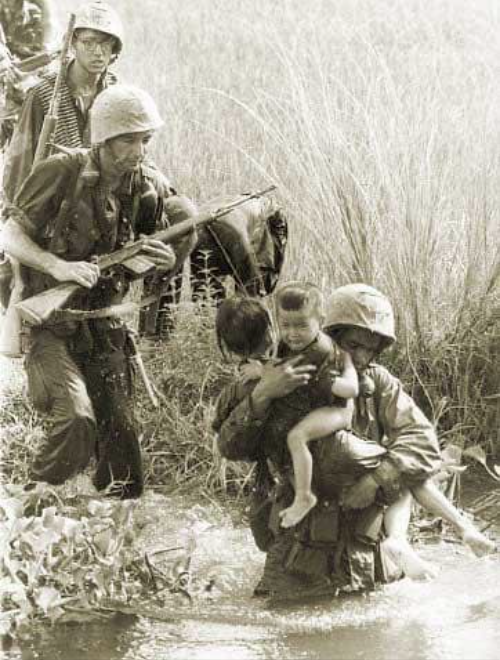
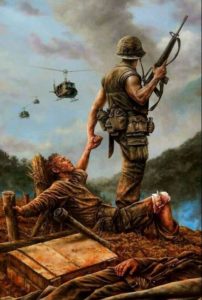 March 29th, the nation will quietly celebrate National Vietnam Veterans Day, but most of the nation may not even know that fact. After all, it is a new idea and it is not one of the big national holidays like Memorial Day or Veterans Day with a three-day weekend attached to it.
March 29th, the nation will quietly celebrate National Vietnam Veterans Day, but most of the nation may not even know that fact. After all, it is a new idea and it is not one of the big national holidays like Memorial Day or Veterans Day with a three-day weekend attached to it.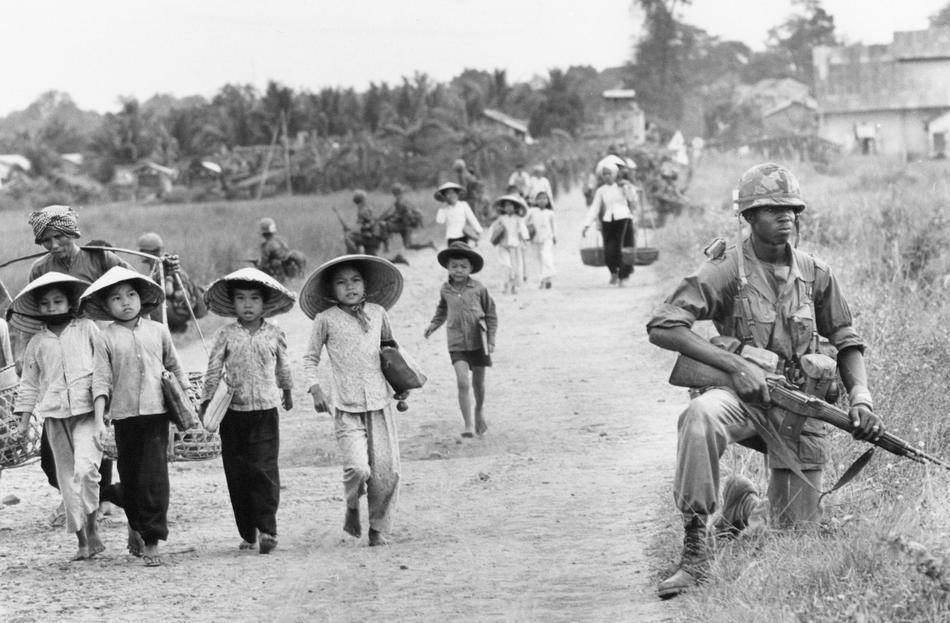 Is this pic of the Tet Offensive in Central VN, specifically Quang Tri Dong Ha? It look familiar bc i was there . I was 4, 5 at the time. I remembered my mom n auntie made lots of New Tear foods, and brought it out so that the soldiers can eat n fight. Our home was at the entrance into the city.
Is this pic of the Tet Offensive in Central VN, specifically Quang Tri Dong Ha? It look familiar bc i was there . I was 4, 5 at the time. I remembered my mom n auntie made lots of New Tear foods, and brought it out so that the soldiers can eat n fight. Our home was at the entrance into the city.  ~ Foreword ~
~ Foreword ~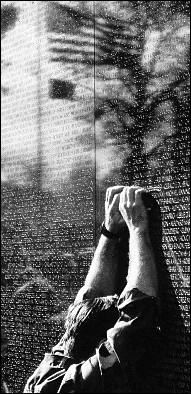 Having recently accused president Trump of “treason,” the biggest traitor in Washington D.C. might be none other than Senator John McCain.
Having recently accused president Trump of “treason,” the biggest traitor in Washington D.C. might be none other than Senator John McCain. Saluting United States Army of Waurika, Oklahoma, aged 85, awarded the Medal of Honor for his actions in combat with communist enemy beginning 53 years ago – March 9 – 12, 1966, in the Republic of Vietnam.
Saluting United States Army of Waurika, Oklahoma, aged 85, awarded the Medal of Honor for his actions in combat with communist enemy beginning 53 years ago – March 9 – 12, 1966, in the Republic of Vietnam.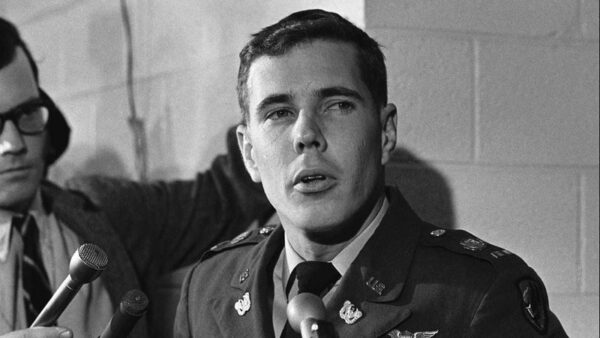
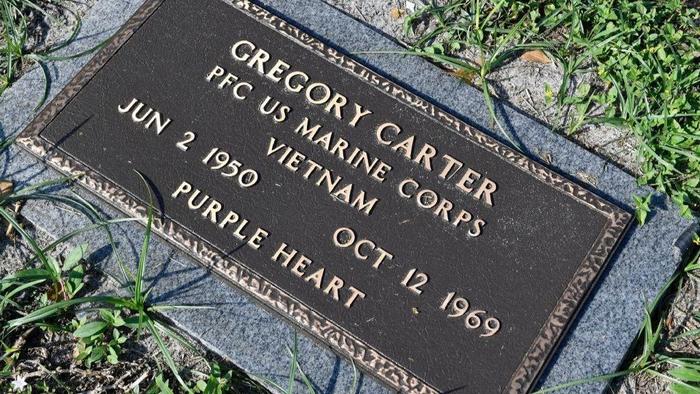
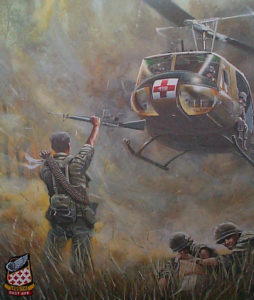 Most fans of war films have probably seen the movie We Were Soldiers, but did you know that hidden in that movie is a Medal of Honor-winning event? Greg Kinnear plays a hard-charging helicopter pilot named Bruce Crandall. For his actions during that battle, Crandall would be awarded the USA’s highest decoration.
Most fans of war films have probably seen the movie We Were Soldiers, but did you know that hidden in that movie is a Medal of Honor-winning event? Greg Kinnear plays a hard-charging helicopter pilot named Bruce Crandall. For his actions during that battle, Crandall would be awarded the USA’s highest decoration.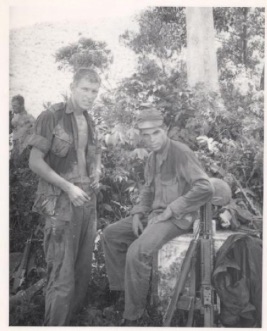
 According to reports from the Army Aviation Heritage Foundation, the Michigan Heroes Museum, and others, Lt. Col. Charles Kettles — the Vietnam war hero and Army pilot who received the Medal of Honor in 2016 for his resupply and rescue efforts in 1967 — died Jan. 21, 2019, at his home in Michigan.
According to reports from the Army Aviation Heritage Foundation, the Michigan Heroes Museum, and others, Lt. Col. Charles Kettles — the Vietnam war hero and Army pilot who received the Medal of Honor in 2016 for his resupply and rescue efforts in 1967 — died Jan. 21, 2019, at his home in Michigan. 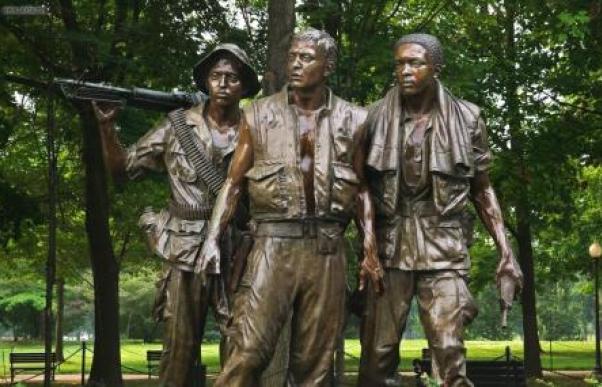 Funny, when we fought together there was no such problem because our mutual problem was about keeping each other alive. We were a team with a common goal. We’re home now, and there is no team. We are individuals. We have each other to fight. We have the system to fight. We have the economy and Wall Street, and healthcare, and schools to fight.
Funny, when we fought together there was no such problem because our mutual problem was about keeping each other alive. We were a team with a common goal. We’re home now, and there is no team. We are individuals. We have each other to fight. We have the system to fight. We have the economy and Wall Street, and healthcare, and schools to fight. 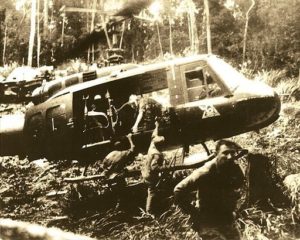 You’re a 19 year old kid. You are critically wounded and dying in the jungle somewhere in the Central Highlands of Viet Nam .
You’re a 19 year old kid. You are critically wounded and dying in the jungle somewhere in the Central Highlands of Viet Nam .